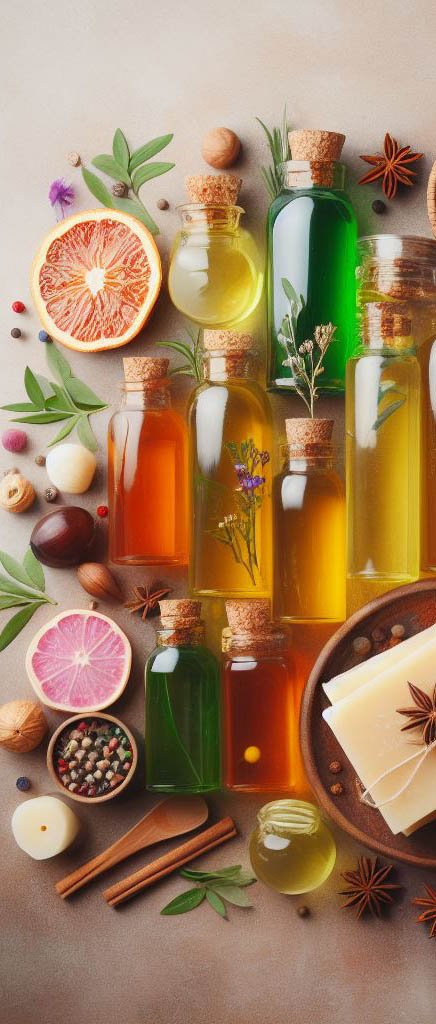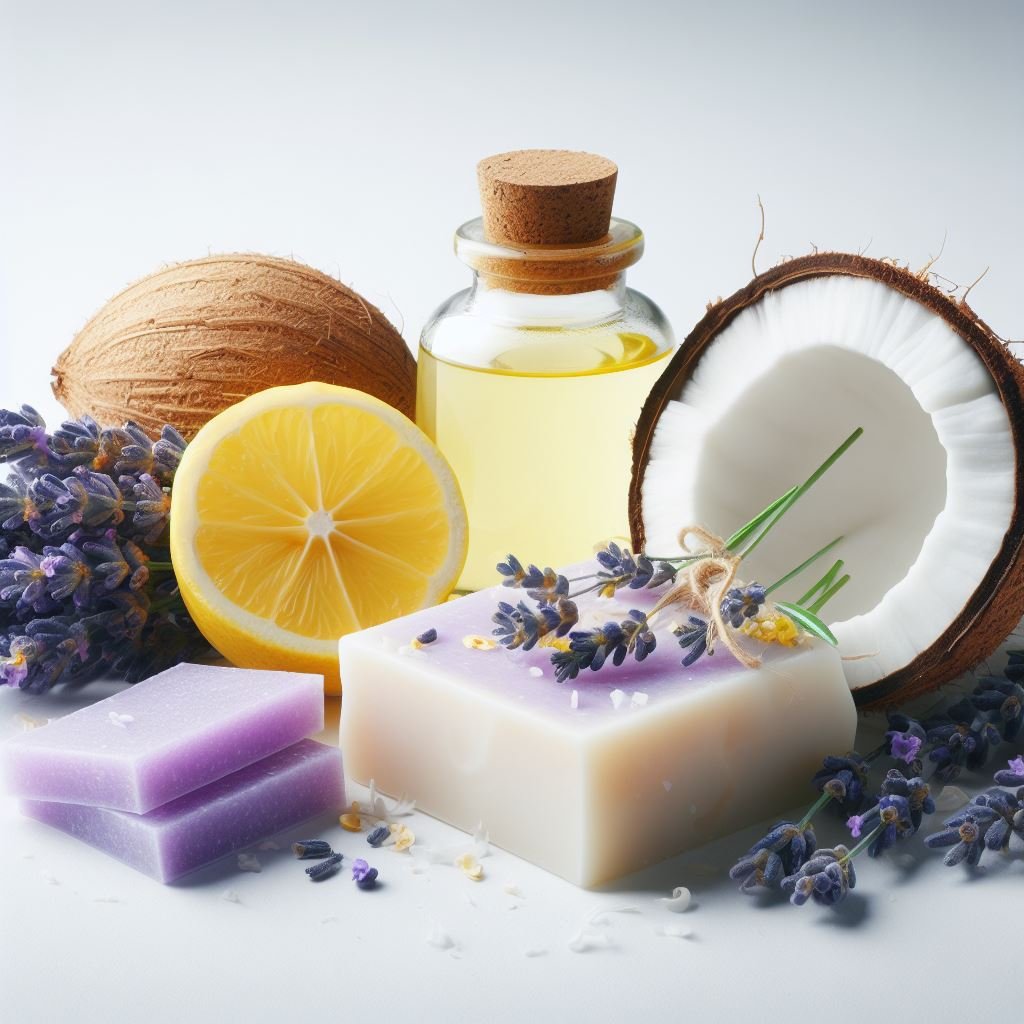MAKING LAUNDRY SOAP BAR
In this article, we will see how making Laundry Soap Bar:
Ditch the Plastic, Embrace the Bar: The Power of Laundry Soap Bars
In a world dominated by plastic bottles and single-use packaging, laundry soap bars offer a refreshingly sustainable and effective alternative. But beyond their eco-friendly appeal, these unassuming bars pack a powerful punch when it comes to clean clothes and happy skin.
Clean Conscience, Clean Clothes:
Laundry soap bars ditch the unnecessary plastic packaging, reducing your environmental footprint with every wash. They’re often made with simpler, plant-based ingredients, avoiding harsh chemicals and fragrances that can irritate skin and pollute waterways. This natural approach makes them ideal for those with sensitive skin or allergies, and kinder to delicate fabrics.
Beyond Sustainability:
But sustainability isn’t the only perk. Laundry soap bars deliver impressive cleaning power, tackling dirt and stains effectively. Their concentrated formula often means they last longer than liquid detergents, offering an economical choice. Plus, they come in a variety of scents and formulations, catering to different needs and preferences. From gentle, unscented bars for baby clothes to stain-fighting formulas for tough messes, there’s a laundry soap bar waiting to become your new washing hero.
Ready to make the switch? Embrace the simplicity and effectiveness of laundry soap bars. Your clothes, your skin, and the planet will thank you!
VEGAN
START TO FINISH TIME:
1 to 2 hours,
24 hours insulation,
4 to 6 weeks to cure
SCENT: LAVENDER AND LEMON
Making your own laundry soap bar is a very frugal choice. Our favorite is grating one bar with a cheese grater and mixing it with 4 pounds of borax and 4 pounds of baking soda in a 1-gallon container. This bar is mainly made of coconut oil to pump up the cleansing power and has only a 1 percent lye discount because you don’t want leftover oils to clog your machine. We use a simple lavender-lemon scent here, but you can use 30ml total of any scent(s) of your choice.
SAFETY FIRST! Remember to wear your safety equipment and mix the lye water outside. Tell everyone you live with that where you’re working is off limits. Give yourself enough time to complete the recipe.
EQUIPMENT
- Kitchen Scale
- Glass Bowls
- Large spoon
- Large stainless steel pot
- Small zip-topplastic bag
- Mold
- Thermometer
- Parchment Paper
- Stick Blender (or hand mixer)
- Rubber Spatula
- Blanket
INGREDIENTS
- 300gr (10 ounces) Olive Oil
- 720gr (24 ounces) Coconut Oil
- 170gr (5.7 ounces) Lye
- 385gr (12.9 ounces) Water
- 15gr (0.5 ounce) Lavender Essential Oil
- 15gr (0.5 ounce) Lemon Essential Oil
1. HEAT THE FATS/OILS:
In a large pot, combine the olive oil, coconut oil. Heat over medium-low heat until they are melted and incorporated. Remove from the heat and allow to cool to 100°F(38C°) to 110°F(45C°).
2. MIX THE LYE WATER:
Put on safety gear, including protective eyewear, a mask, gloves, and long sleeves. Outside, carefully add the lye crystals to the water and stir until dissolved. Allow to cool to 100°F(38C°) to 110°F(45C°). If the oils and lye water cool at different rates, you can use a cold- or hot-water bath in the sink.
3. PREPARE THE MOLD:
While the oils and lye water cool, line the mold with parchment paper.
4. COMBINE AND BRING TO TRACE:
When both the oils and lye water are 100°F(38C°) to 110°F(45C°), carefully pour the lye water into the pot of oils. Use a stick blender (or hand mixer) to mix for 1 to 2 minutes and then let the mixture rest for 4 to 5 minutes. Repeat mixing and resting until light trace.
5. MIX IN NATURAL ADDITIVES:
When the soap reaches light trace, add the lavender and lemon essential oils, and blend for 30 seconds.
6. MOLD THE SOAP:
Pour the soap mixture into the mold, cover with a lid or parchment paper and insulate with a blanket for 24 hours. Do not insulate unless your house is below 75°F(24°C), in which case insulate by placing a towel around the outside edges of the mold to avoid a partial gel.
7. CUT AND CURE:
Remove the soap from the mold. If it seems too soft to remove, wait another 12 to 24 hours before removing. Cut the soap into 12 bars. Allow the bars to cure in a well-ventilated location for 4 to 6 weeks.
Sources / References
Natural Things Shop uses only high-quality sources to support the facts in our articles. Read our editorial process to learn more about how we fact-check our content and keep it accurate, trustworthy and reliable.
All the images we use on our site are produced with Dall-e 3 artificial intelligence technology. There are no legal problems regarding copyright.
Kelly Cable
- The Natural Soapmaking Book For Beginners
- DIY Soaps: Using All-Natural Herbs, Spices & Essential Oils

































